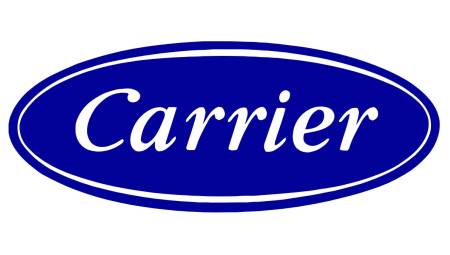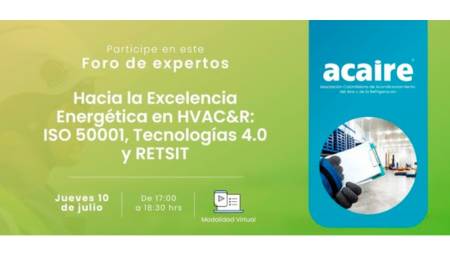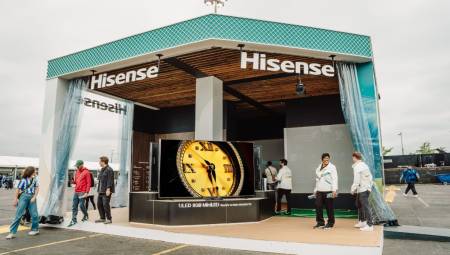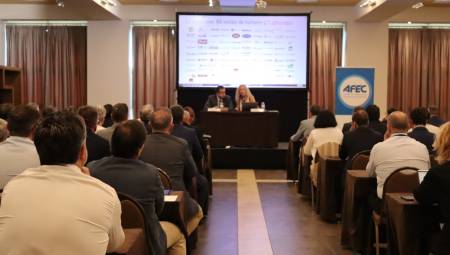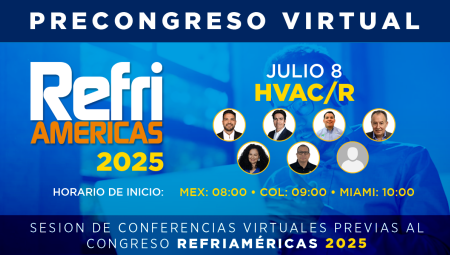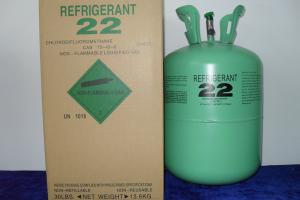 HCFCs in Latin America continue to dominate the refrigerant market, however, with existing regulations that will gradually reduce their use, partnerships play a critical role in engaging and empowering them to adapt to change.
by Duván Chaverra Agudelo
HCFCs in Latin America continue to dominate the refrigerant market, however, with existing regulations that will gradually reduce their use, partnerships play a critical role in engaging and empowering them to adapt to change.
by Duván Chaverra Agudelo
HCFCs are still the most widely used refrigerants in some Latin American countries and there is currently no product that matches their line. However, after the definition of the Montreal Protocol, by 2015 the gradual reduction of consumption will begin, until reaching 2.5% in 2030.
"The first consumption elimination control measure will be in 2015, when 10% of consumption must be eliminated from the baseline. The next control dates are the years 2020 and 2025, in which 35% and 67.5% of said consumption must be eliminated, respectively. Likewise, by 2030 consumption must be reduced by 97.5% of the baseline, and for the period between 2030 and 2040, each country will be allowed to use 2.5% of the consumption of the baseline for maintenance activities," explained Xiomara Stavro, regional consultant of the Ozone Technical Unit (UTO) of the Ministry of Environment and Sustainable Development of Colombia.
ACR LATINOAMÉRICA spoke with experts about the current state of the HCFC market; In addition, we have the opinion of two important industry associations in Latin America such as the Chilean Chamber of Refrigeration and Air Conditioning A.G. and the Colombian Association of Air Conditioning and Refrigeration (Acaire), which will tell how they participate in the gradual reduction of these refrigerants.
Klaus Peter Schmid, director of the Chilean guild, commented: "The use of HCFC refrigerants is very common in Latin America. In Chile it is estimated that approximately 70% of synthetic refrigerants (HCFCs and HFCs) currently in use in equipment and systems are of this type. The current price level and its large volumes of use for maintenance services continue to exert pressure on the market, in the sense that there is a wide variety of suppliers of the product and with it a great competition and falling prices, which discourages or delays to some extent the necessary changes to be made. Ammonia is widely used in new industrial facilities, but not CO2, where the first project for a supermarket chain is just being implemented."
In Colombia, HCFCs are the most commercialized refrigerants, above HFCs, CO2 and ammonia. In recent years, the national consumption of HFC mixtures has increased, which have been used as a replacement for CFCs or in the installation of new air conditioning equipment. Ammonia is still very strong in its niche markets (e.g. large industrial refrigeration facilities), but its introduction into other markets is still minimal.
"Among the HCFCs used in the country are HCFC – 22, HCFC – 141b, and HCFC – 123, as the main ones, there is use of HCFC – 124 and HCFC – 142b as part of refrigerant mixtures such as R – 409A or R – 406A. The total imported by the country in 2010 for these substances was 2,889 tons, including the HCFCs present in the mixtures," said Xiomara Stavro.
Trade union work
The entities that join the industry play an important role in this transition process in terms of refrigerants. The issue of education and incentives must be reinforced on all fronts to make the change from HFCFs to other alternatives more effective, minimizing the impact on some sectors of the industry.
In Chile, both the local association, the Technical Division of Air Conditioning and Refrigeration (ditar – Chile) and the Ministry of the Environment have been working hand in hand to strengthen regulations, certify technicians and train them on good refrigeration practices.
"Under the framework of the Montreal Protocol, the first Chilean Standard NCh-3241-2011 on Good Practices in Refrigeration and Air Conditioning was recently published, which provides clear guidelines on procedures that are usually performed in refrigeration and air conditioning systems and how to execute them correctly, with objective criteria of success. At the same time, we are working on a program to achieve the certification of technicians and professionals who work in our areas. Finally, we cannot fail to mention the successful training programs, both public (the vast majority) and private, in good practices in refrigeration and air conditioning as well as in refrigerant conversion technologies, with thousands of professionals trained to date throughout Chile, "explained Klaus Schmid.
In Colombia, for his part, Rodrigo Pinzón commented that Acaire's work is fundamentally based on promoting programs on the implementation of environmentally friendly refrigerants through talks that allow them to contribute to the training of professionals.
"Acaire together with the Seine (National Learning Service) and the UTO constitute a fundamental piece, since through these programs can be implemented to encourage technical and engineering personnel in the use of ecological refrigerants, among which are hydrocarbons (HC), CO2, NH3, etc. Permanent training and research into new technologies and infrastructure for the management of these new substances are encouraged through conferences, seminars and courses organized by this type of organization."
The president of Acaire added in this regard that "we have training programs for personnel who carry out manufacturing, marketing, design, installation and maintenance of refrigeration and air conditioning systems. In this way, the commitment of the Colombian guild in reducing its environmental impact through the development of cleaner and environmentally friendly technologies is guaranteed. Acaire has been accompanying the sectoral table led by the Seine for the update in the labor competition rules, which will allow to continue with the management of achieving better trained and committed technical personnel".
Both associations agree that their work in this aspect is more educational and that they do not have access to aid from public or private organizations to execute the transformation in the subject of refrigerants.
"Chilean trade associations rather fulfill a function of technical support to government programs led by the government and, given the recognized Refrigerant Management Plan for Chile, which managed to eliminate the use of CFCs within the established deadlines, it is highly likely that technological reconversion projects will be generated in the future, possible financial support or partial subsidies for technological reconversions; but the emphasis will be, without a doubt, on training programs throughout the country, which is what as the Chilean Chamber of Refrigeration and Air Conditioning A.G. and Ditar - Chile we have defined as the most important task and with the greatest multiplier effect, "explained Klaus Schmid.
Finally, the president of Acaire indicated in this regard that "associations such as Acaire are non-profit entities, their budget is very limited and depends on the contributions of associates and companies that contribute to the different activities and that lead to disseminate the spirit of commitment to the environment. It is the manufacturing companies, marketers, contractors and consultants who must accept the recommendations that Acaire makes and that supervise and audit so that the different activities are carried out with responsibility and commitment to humanity".





